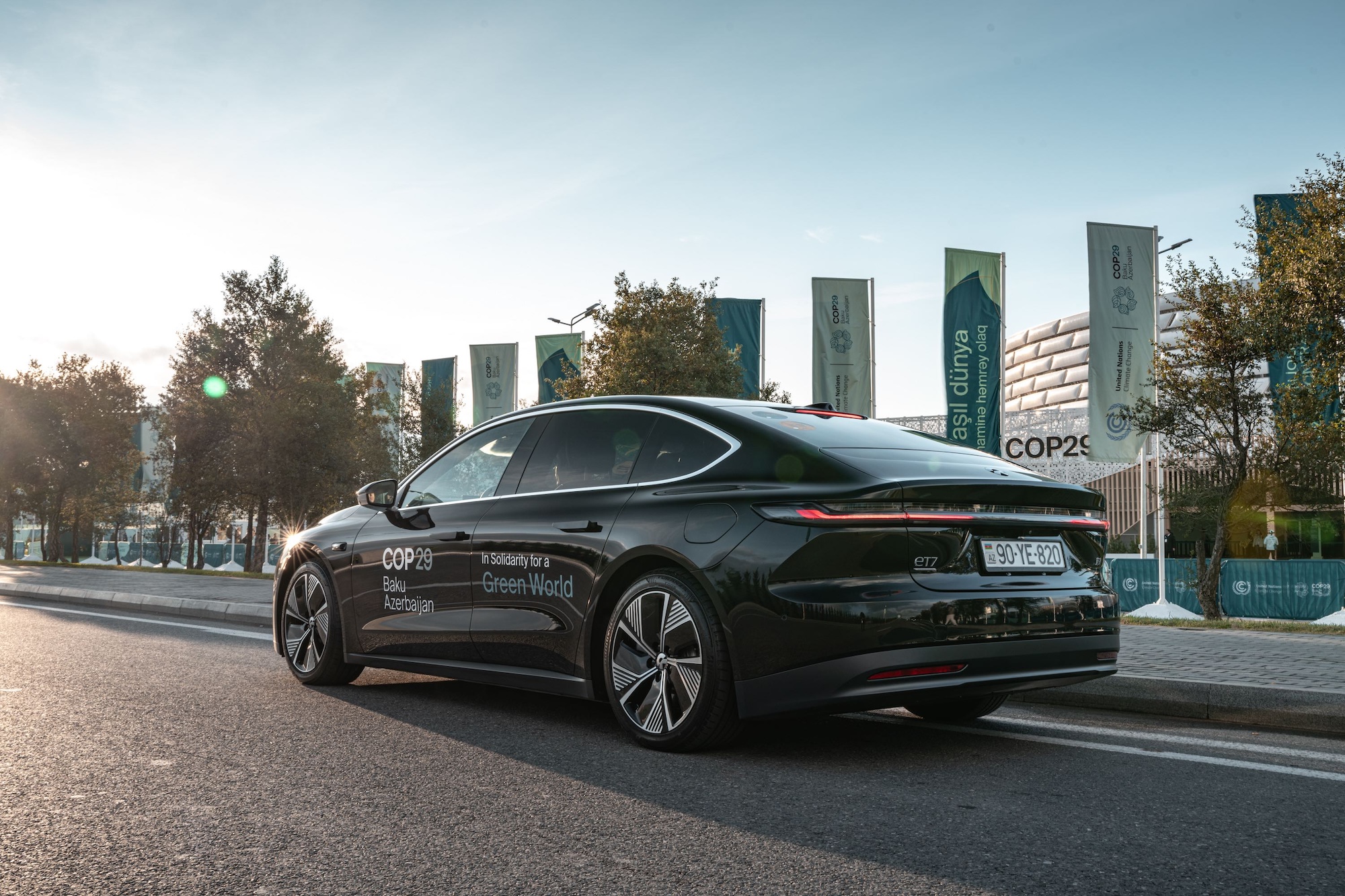Sign up for daily news updates from CleanTechnica on email. Or follow us on Google News!
If you’ve driven a CCS or CHAdeMO vehicle much in the last few years, you’ve probably come across at least one problem. Getting stranded isn’t as common as the Tesla-shareholding naysayers claim, but it still sucks to come across dead stalls, finicky cables, and stations that make you plug and unplug over and over until it starts to feel a little suggestive. Plus, the occasional stranding (something I’ve only ever experienced once) still sucks. Non-Tesla charging definitely needs to improve.
Over the last year or so, I have seen improvements. Electrify America got its network working a lot better at some locations with new power modules (some of which don’t seem to have held up under heavy use <cough>Quartzsite</cough>). Every network has since announced plans to improve, and they’ve had varying levels of success at that.
One larger problem that has challenged ChargePoint is its business model of having other people actually own the machines. In some cases, stations have been abandoned when a big repair bill came (Petrified Forest National Park has one like this), and in others, the station’s owner claims that ChargePoint couldn’t provide replacement parts fast enough (Rocky Mountain Power’s Moab station was like this). To combat this, the company has been encouraging new customers to buy a service plan so that the repair bill doesn’t shock them out of the business.
But, even when we get to the point where everyone has a service plan, being able to repair and begin able to repair quickly are two very different things. When a driver encounters a problem, very few of them are going to be charging experts who will be able to tell ChargePoint what needs fixed. The average driver only knows that something isn’t performing as it should.
When a driver reports a problem, the standard procedure is to run a diagnostic on the charging station. Using sensor inputs, logs, and other data, the company’s representatives can often make a decent guess at what’s actually wrong. Then, somebody at the company’s Network Operation Center works to get a technician out there with any likely needed parts already in hand, making for a much faster repair.
But, not all problems can be detected and analyzed remotely. Some problems are too intermittent to identify, and others are just a lot easier to diagnose in person than by logging in.
This is where ChargePoint thinks AI can step in and be super helpful. If the problem is apparent on the outside (something like cut cables, a broken screen, etc), users can submit a photo of the broken station in the app, and the machine learning software compares it to all of the other images of busted chargers that it was trained on. If the software can identify the problem, a NOC technician gets much more useful, actionable information that can be used to dispatch an on-site technician.
“By deploying AI technology that can diagnose hardware issues, ChargePoint has a critical new tool joining our Network Operations Center to ensure station uptime,” said Rick Wilmer, CEO of ChargePoint. “This technology will enable us to triage and resolve physical issues that cannot not be detected via remote monitoring, demonstrating our commitment to innovations which deliver a reliable charging network.”
Featured image by ChargePoint.
Have a tip for CleanTechnica? Want to advertise? Want to suggest a guest for our CleanTech Talk podcast? Contact us here.
Latest CleanTechnica.TV Videos
CleanTechnica uses affiliate links. See our policy here.
CleanTechnica’s Comment Policy




